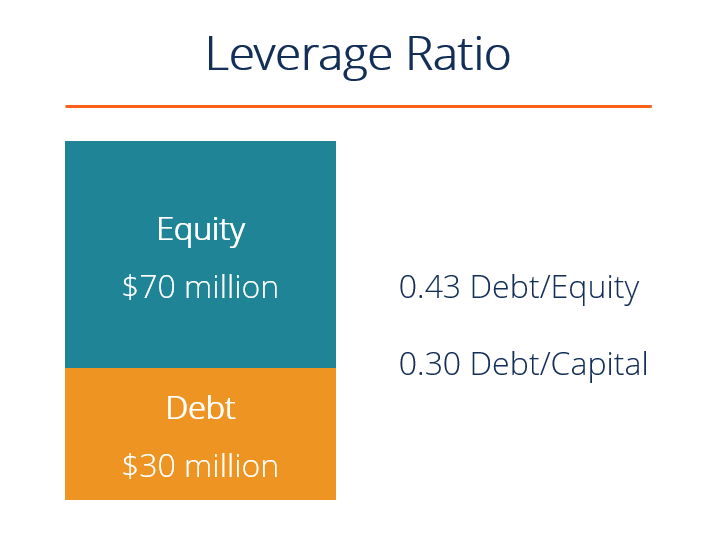You can see how using a high discount rate will provide a lower valuation than a low discount rate like the example with SIRI from earlier. Here's a crucial side journey in this discussion. When Warren Buffett initially began to construct a position in Coca-Cola in 1987, he utilized the treasury rate as a yardstick. Inspect out these 10 year Treasury rates. 1980: 10. 8%1981: 12. 57%1982: 14. 59%1983: 10. 46%1984: 11. 67%1985: 11. 38%1986: 9. 19%1987: 7. 08%1988: 8. 67%1989: 9. 09%1990: 8. 21% When he began building up Coca-Cola, the rate was 7%, however just 2 years removed from double digits.
So using a discount rate of 11%+ to begin buying Coca-Cola made total sense. You can see how choosing and analyzing a story is essential in picking a discount rate. Buffett's choice to discount rate by the treasury rate was his minimum necessary return. He likewise used the treasury rate as a determining stick for all services, instead of assigning a different rate for different companies. "In order to compute intrinsic worth, you take those cash flows that you expect to be produced and you discount them back to their present worth in our case, at the long-lasting Treasury rate.
But you can utilize the resulting present worth figure that you get by discounting your cash flows back at the long-lasting Treasury rate as a common yardstick just to have a standard of measurement across all organizations (What does finance a car mean)." I like to utilize a post-tax discount rate of 7-12%. Like Buffett, I have a minimum return rate that I desire which takes place to be between 7-12% in today's world of low interest rates and reliant on the type of business. In the example above utilizing SIRI, I used 7% and 9% to show the distinction it can make. As SIRI is a company with strong money circulations, strong ownership and a business model that can produce cash, a high discount rate does not make sense.
If we believed we were getting a stream of money over the thirty years that we felt exceptionally particular about, we 'd use a discount rate that would be rather less than if it were one where we anticipated surprises or where we thought there were a greater possibility of surprises. Buffett & Munger Shareholder Meeting If the company was a biotech with Get more information no income streams and only a single drug in phase 2 or 3 trials, the discount rate would be significantly greater. Now it appears like the longer this gets, the more I'm puzzling you But I'll include another piece of details anyways. The discount rate window enables banks to borrow cash for really short-term running needs. These loans are usually extended for 24 hours or less. The rate of http://manueltreb658.trexgame.net/facts-about-what-can-i-do-with-a-degree-in-finance-revealed interest charged is identified individually by each of the Federal Reserve banks, but is centrally evaluated and identified by the Board of Governors of the Federal Reserve System (What happened to yahoo finance portfolios). Normally, the discount rate will be the same across all the Federal Reserve Banks, other than for the days around the time the discount rate modifications. The discount rate window in fact uses three various loan programs, each with its own discount rate. The main credit program is the Fed's primary financing program for eligible banks in "normally sound monetary condition." The discount rate on these loans is normally set above the existing market rate of interest offered from other sources of short term or over night debt.
/derivative.finalJPEG-5c8982d646e0fb00010f11c9.jpg)
Loans from the secondary credit program carry a higher discount rate than loans in the main credit program. What is a finance charge on a credit card. The 3rd program is the seasonal credit program, available to smaller monetary organizations with repeating changes in their capital. A typical example are farming banks, whose loan and deposit balances change each year with the various growing seasons. The discount rate on these loans is identified from an average of picked market rates of similar alternative lending centers. If you're here due to the fact that you're wanting to find out more about stocks, head to our Broker Center, where we can help you get going.
We 'd enjoy to hear your questions, ideas, and opinions on the Knowledge Center in general or this page in specific. Your input will help us help the world invest, better! Email us at. Thanks-- and Fool on!.

The term "discount rate" describes the factor utilized to mark down the future money streams back to today day. In other words, it is used in the computation of time value of money which is crucial in NPV (Net Present Value) and IRR (Internal Rate of Return) computation. Download Corporate Evaluation, Investment Banking, Accounting, CFA Calculator & others The formula for discount rate can be revealed Find more info as future capital divided by present value which is then raised to the reciprocal of the number of years and the minus one. Mathematically, it is represented as, where, In the case of numerous compounding throughout a year (t), the formula for the discount rate can be further broadened as revealed below.